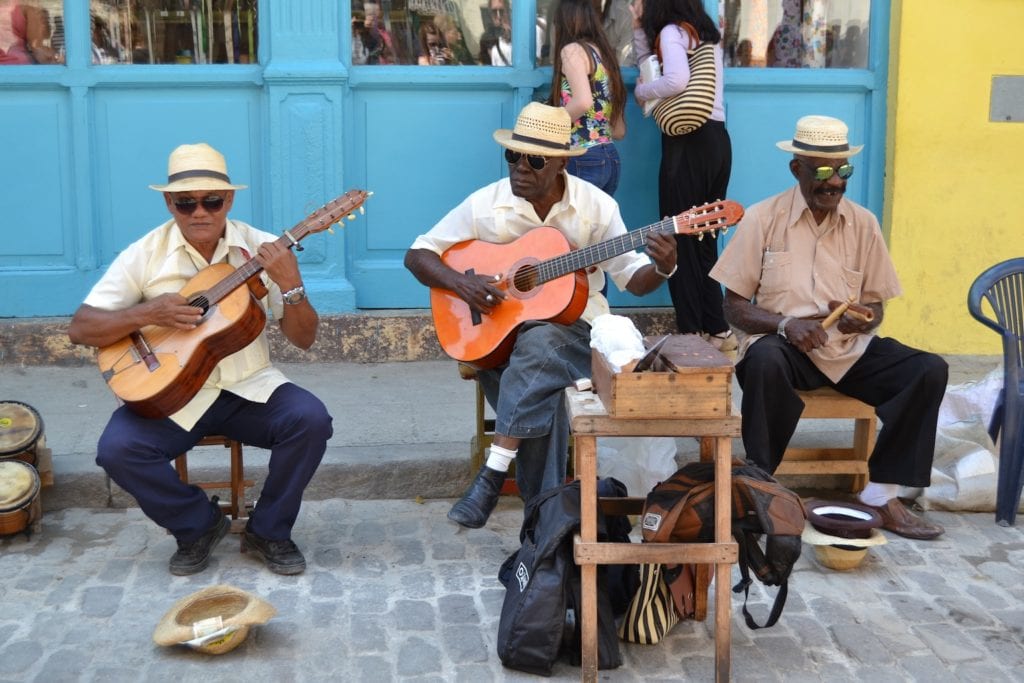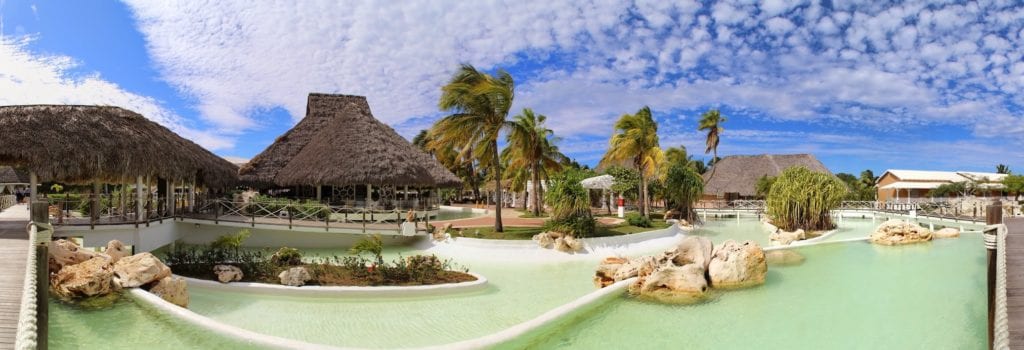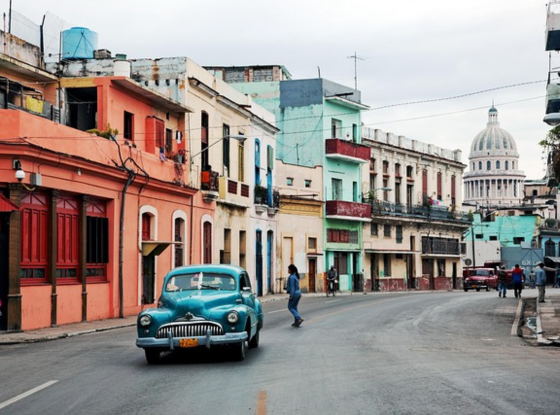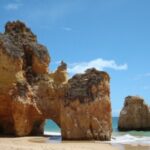If you are thinking of visiting Cuba, do it now. For decades this Caribbean country has been shrouded in intrigue with only the more adventurous travellers experiencing the beauty, culture and flamboyance it has to offer.
World politics played its part in Cuba’s rocky history. With US sanctions being imposed in the early 1960s, Cuba’s subsequent relationship with the Soviet Union made it a pariah in the eyes of the US government and many in western Europe. The country suffered a huge economic downturn after the fall of the Soviet Union and its iron-fisted leader, Fidel Castro came under scrutiny from the people for the first time when he refused to accept aid from the US. Fidel Castro eventually stepped down in 2011 handing the reigns to his brother Raul. Fidel died in 2016 aged 90. Raul Castro loosely handed the reins to Miguel Díaz-Canel in 2018 but still pulls all the strings.
What has changed in recent years?
Things have changed in Cuba in recent years, Raul Castro showed himself as a more pragmatic leader although he has vowed to continue with Communist rule. Relationships have been rebuilt with the United States and in 2015 full diplomatic relations between the two countries were resumed. In March 2016, Barack Obama became the first U.S. President to visit Cuba since 1928. With US embargoes lifted and travel bans dropped for US citizens, the country is seeing an economic and cultural mini renaissance with western goods flooding in along with increasing numbers of tourists.
(Note – travel ban was subsequently reinstated by the Trump administration)
Where to go when visiting Cuba
Havana is Cuba’s capital and probably the most well-know destination. Appearing as though stuck in a time-warp, this colourful, colonial city buzzes with café society, with raven-haired Grandmothers sweeping dust from their steps while rebellious students enjoy heated political discussions over strong coffee and rich, dark rum. Dilapidated buildings sit paradoxically alongside palatial government offices lining cobbled streets and grand squares.
Havana was named a Unesco World Heritage site in 1982 and is home to the island’s main port which has seen increasing numbers of foreign cruise ships arrive in recent years. At night time Havana really comes alive with sounds of Salsa music, bright lights and pretty young things strolling along the ‘Malecon’ promenade.
Take in the sights in style in a classic American car, these beautifully maintained vehicles are part of the charm and there’s no better way to tour the city.

Cuba boasts miles of sandy beaches along its northern coast and over the years, tourist resorts have sprung up with dozens of luxury hotels catering to visitors from across the globe. The most famous beach area is Varadero, with 25 kilometres of sand and a plethora of all-inclusive resorts, shops, bars and eateries.

There’s more to visiting Cuba than the city and the beach. Explore further inland and you will find tobacco plantations where the famous Cuban cigars are produced, rugged mountains and swampland, home to numerous species of wildlife including crocodiles!
In these sleepy towns it is like time has stood still, with farmers transporting their crop in carts pulled by oxen and women with sun-beaten skin toiling in the fields. The Viñales valley is famous for its cave network, the Cuevas de Indio, where you can take a boat ride within the caverns.
On the eastern coast, Santiago de Cuba boasts a number of historic monuments and the Parque Cespedes where Fidel Castro declared the revolution a success in 1959. Cienfuegos, founded originally by the French has a different feel to other Cuban towns and boasts some wonderful mid-century architecture.
If the busy resort of Varadero is not for you, then take a trip to Cayo Largo, a small island off the coast, with uncrowded beaches and a sea-turtle hatchery open to the public.
Baracoa was once the capital of Cuba and is an interesting historical spot sitting at the foothills of the El Yunque mountain which offers excellent hiking trails through the rainforest.
Where to stay when visiting Cuba
Varadero has endless choices in hotels and all-inclusive resorts, the Melia and Iberostar chains feature there, with prices from 120 euros per night. Smaller more personal accommodation is available in simple guesthouses which start around 60 euros per night. In Havana prices start at 40 euros per night and the choice is vast, take a plunge, steer away from the larger hotels and enjoy real Havana in an apartment or guesthouse located in an historical building.
When to go
September to early October is not the best time for visiting Cuba as it is hurricane season, in 2017 some of the island was badly damaged by hurricane Irma. December to March is the driest time, with sunny days and blue skies. Rainy season starts in June.
What to know when visiting Cuba
Getting connected when visiting Cuba is not easy, Wi-Fi is sparse, even in the larger hotels.
Be aware of the currency, there are two different kind of pesos, the national peso and the convertible peso, both have different values so do your research.
Don’t rely on credit cards, cash is king in Cuba.
Although Cuba is a relatively safe place to visit, foreigners will often get hassled by street vendors, a polite but a firm “no” usually does the trick.
Avoid talking politics, although it is an intriguing subject, most locals are uncomfortable discussing the regime with strangers.
Tipping is traditional in Cuba, due to low pay, many professionals such as lawyers and doctors earn extra money waiting tables or driving taxis.
Cuba is going through a period of change and who knows how much of its unique charm will remain in years to come, so don’t wait until it’s too late.




